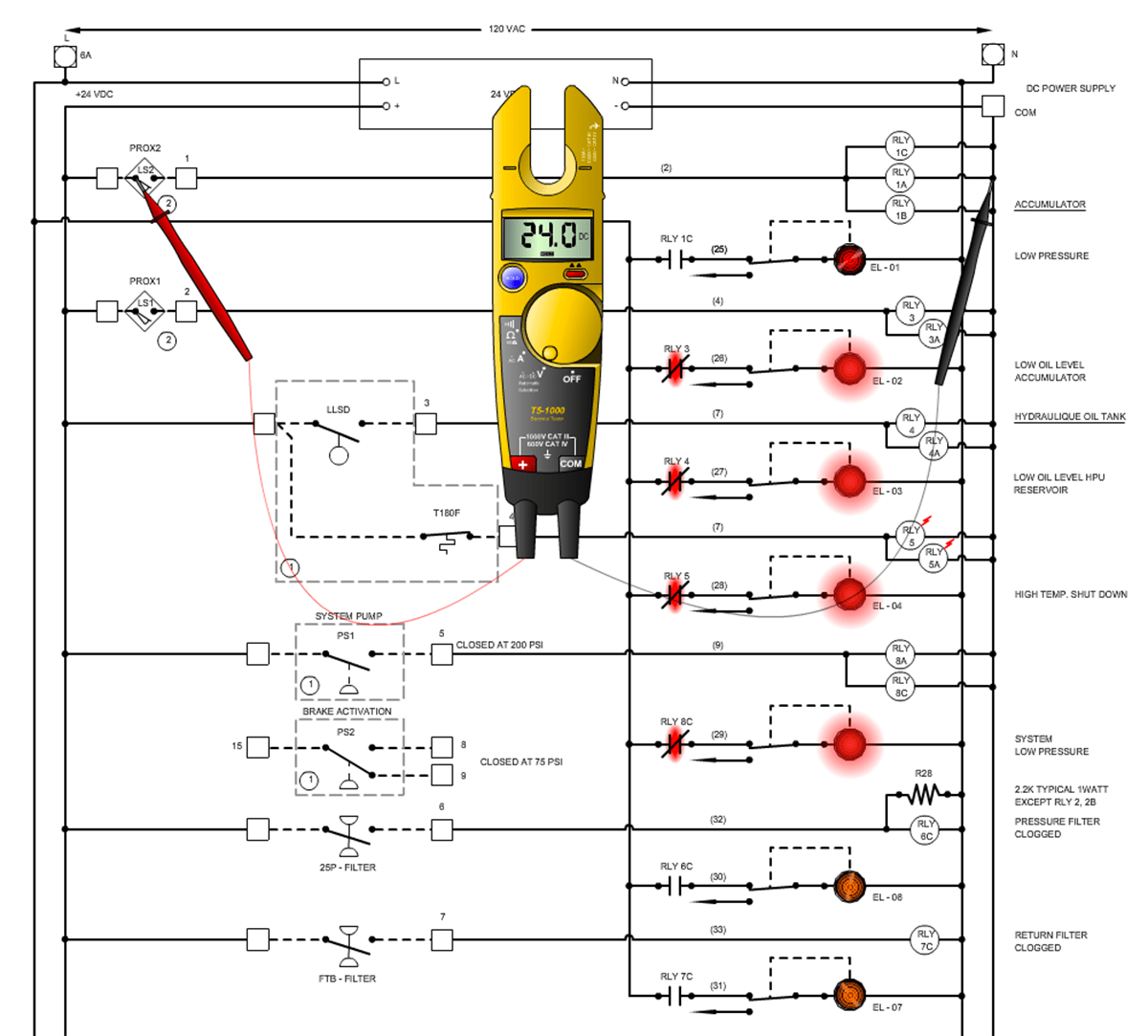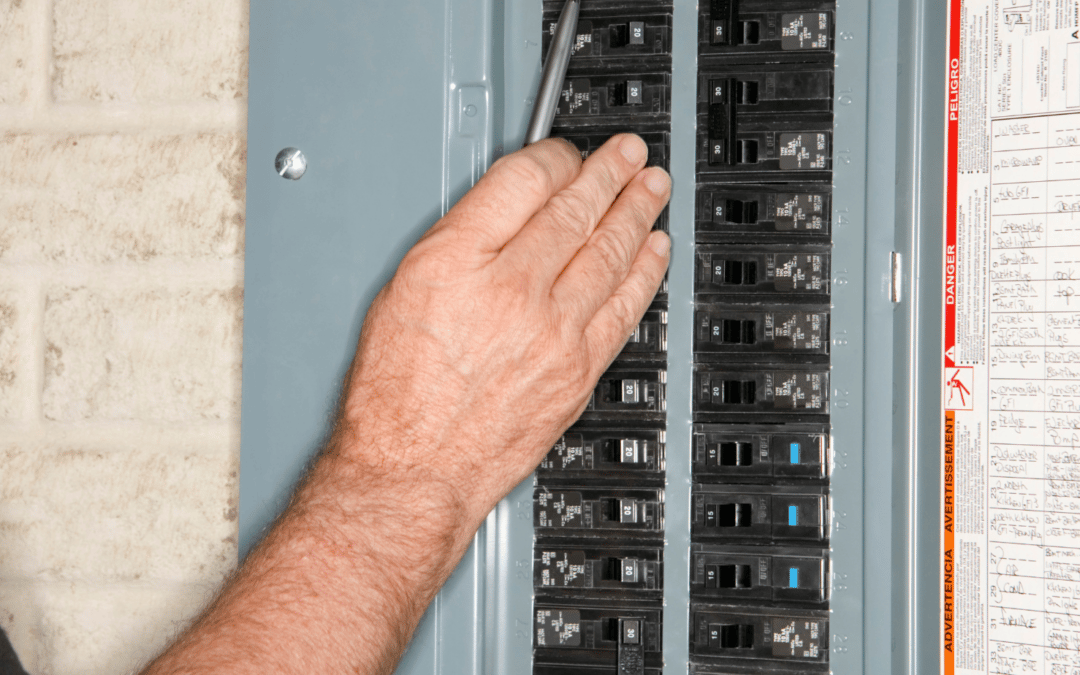Top Tips for Effective Electrical System Troubleshooting
Troubleshooting electric systems requires a methodical method, grounded in a detailed understanding of electric principles and safety and security procedures. By acquainting oneself with circuit components, utilizing necessary devices, and adhering to a structured analysis technique, specialists can efficiently determine and settle issues. The nuances of efficient fixing prolong past simple technological knowledge; comprehending just how to record findings and prioritize security can considerably affect end results. As we check out these important components even more, it ends up being clear that understanding this procedure is not just beneficial however vital for success in the field.
Understand the Fundamentals
Comprehending the essentials of electrical systems is important for effective troubleshooting, as a strong structure permits service technicians to identify and resolve concerns much more successfully. An extensive grasp of electric concepts, such as voltage, existing, resistance, and power, is essential in identifying the source of troubles. Voltage is the electric possible distinction that drives existing with a circuit, while resistance opposes the flow of current, influencing the overall functionality of the system.
Familiarity with circuit parts, consisting of resistors, capacitors, diodes, and switches, is also vital. Each component plays an unique role in circuit actions and can impact efficiency when malfunctioning. Additionally, comprehending series and parallel circuit arrangements is vital, as these arrangements affect the distribution of voltage and present within the system.
Moreover, knowledge of safety and security methods is vital. Professionals must understand prospective risks, such as shock and brief circuits, to execute secure troubleshooting practices. By grasping these fundamental ideas, specialists improve their capacity to conduct efficient diagnostics and fixings, ultimately resulting in boosted efficiency and integrity of electric systems. This fundamental understanding is the keystone of effective troubleshooting endeavors.
Gather Necessary Devices
Effective troubleshooting of electric systems needs the right collection of tools to diagnose and resolve concerns precisely. Important devices consist of a multimeter, which measures voltage, existing, and resistance, enabling for exact assessments of electric parts.
In addition, shielded hand tools such as screwdrivers, pliers, and wire pole dancers are essential for safely controling electric connections. It is likewise suggested to have a circuit tester available to validate the existence of voltage in outlets and cords. For more complicated systems, a thermal imaging electronic camera can assist find overheating components, suggesting possible failures.

Comply With an Organized Approach
Having gathered the suitable tools, the next action in fixing electric systems is to adhere to a systematic approach. A methodical strategy guarantees that service technicians can determine mistakes effectively and accurately, minimizing downtime and preventing unneeded repair services.
Begin by evaluating the system's schematic diagrams and specs. Comprehending the design and functional criteria will provide context for diagnosing issues. Next off, isolate the trouble location by utilizing a procedure of elimination. This involves checking each part systematically, beginning with the power resource and working in the direction of the tons.
Use screening equipment, such as multimeters and oscilloscopes, to gather unbiased information about voltage, present, and resistance at various factors within you can try these out the system. This empirical evidence will certainly direct your troubleshooting efforts and assist to confirm or remove prospective root causes of failing.
Additionally, take into consideration ecological factors that might influence the system's efficiency, such as temperature variations or dampness ingress. A thorough assessment of wiring, connections, and parts will make certain that all possibilities are made up.
File Your Searchings For
Comprehensive documents is essential in the troubleshooting procedure of electric systems. This technique not just help in understanding the root cause of the problem however likewise offers as a referral for future repairing initiatives.

Furthermore, preserving a log of parts changed or repairs done is very useful. This info sustains stock administration and can help analyze the durability and dependability of specific parts.
Eventually, the documentation procedure must be extensive yet concise, making it possible for simple retrieval and evaluation - electrical system troubleshooting. By prioritizing thorough paperwork, specialists can create a beneficial expertise base that not just help in current troubleshooting yet also encourages future maintenance initiatives, thereby boosting overall system integrity

Prioritize Security Actions
Recognizing the integral risks linked with electrical systems is critical for guaranteeing safety and security during troubleshooting. Electric shock, burns, and tools damage are simply a few of the potential dangers that technicians deal with. Focusing on safety procedures is not just a legal commitment but likewise an ethical crucial that safeguards both the technician and the surrounding setting.
Prior to commencing any type of troubleshooting job, specialists must wear appropriate personal protective equipment (PPE), consisting of protected gloves, safety glasses, and flame-resistant clothing. Guaranteeing that the job area is dry and devoid of clutter can substantially lower the threat of crashes. Additionally, it is vital official statement to de-energize circuits prior to beginning any type of job, validating that they are not endure using a multimeter or voltage tester.
Developing clear interaction procedures with team members is also crucial; this makes sure that everybody recognizes prospective dangers and the standing of the electric system being serviced. Last but not least, having an emergency reaction strategy in position can you could try here show invaluable in the occasion of a case. By focusing on precaution, technicians can properly alleviate threats and cultivate a much safer workplace.
Conclusion
Reliable electrical system troubleshooting relies upon a detailed understanding of fundamental concepts and a methodical strategy. By collecting crucial tools, sticking to methodical assessment strategies, and carefully recording findings, the repairing process comes to be much more reliable and trustworthy. Prioritizing precaution makes certain the wellness of people involved and the stability of the electrical system. Executing these strategies will boost the troubleshooting experience, bring about quicker resolutions and improved functional efficiency in electrical systems.